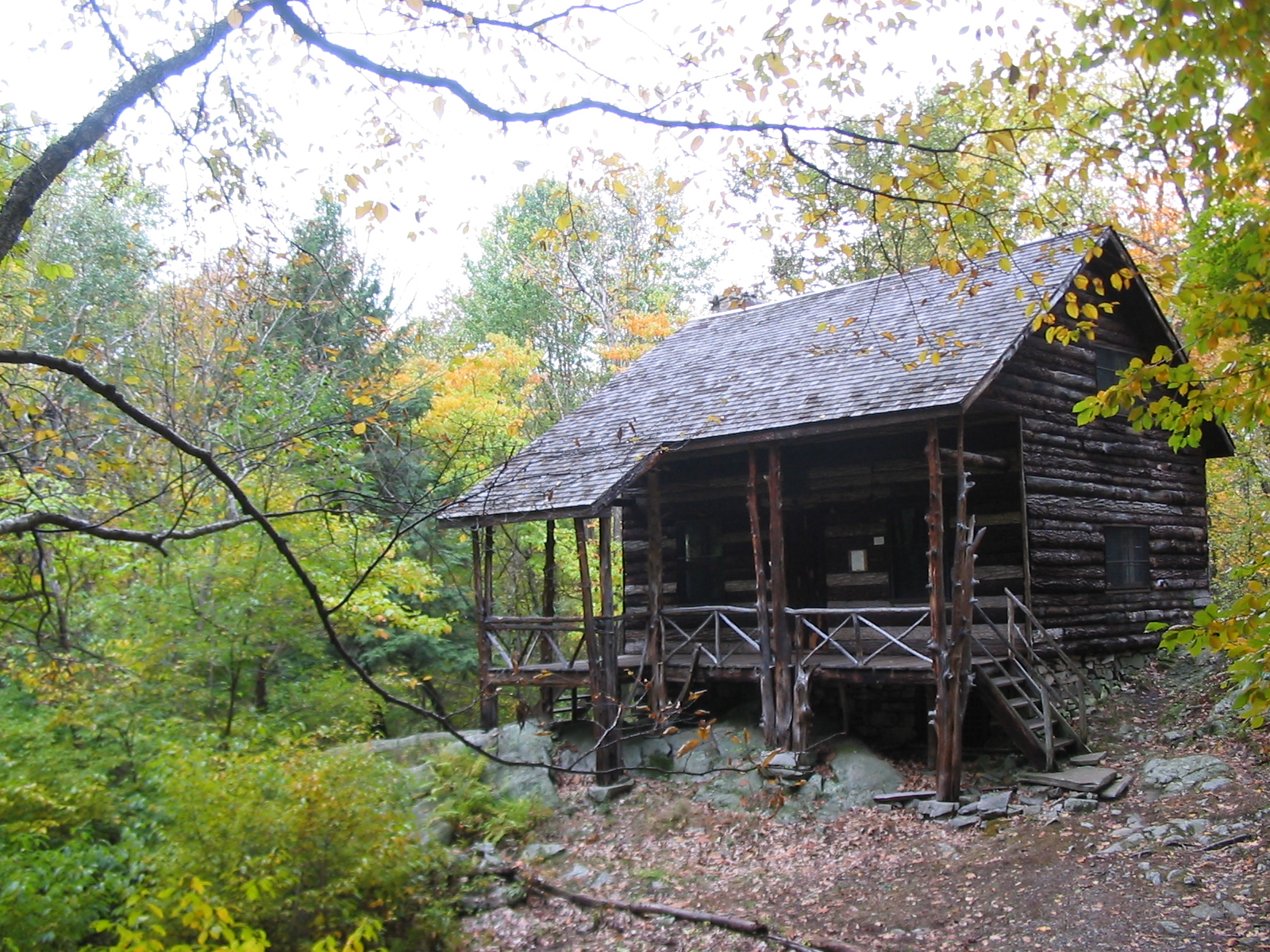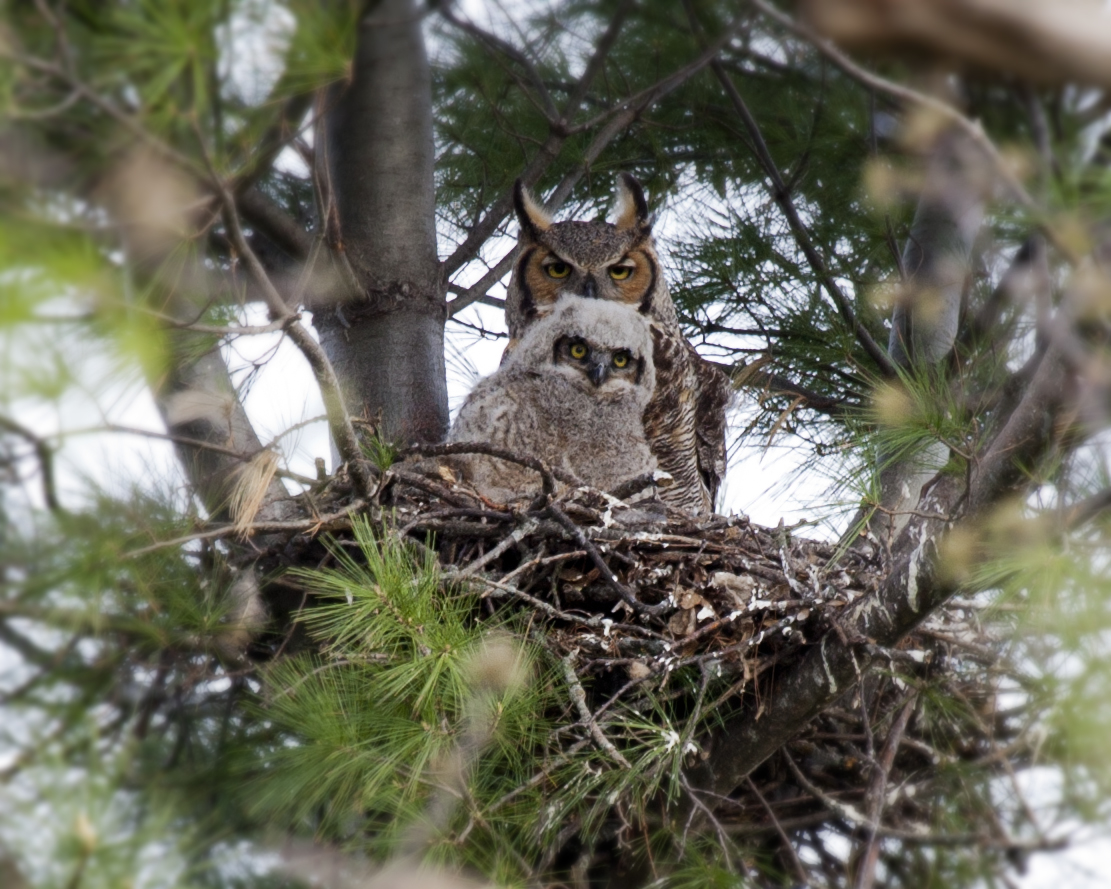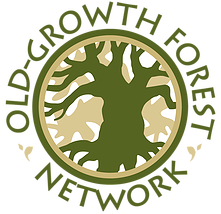Protecting Old Growth Forests
Threats to Old Growth Forests:
Unfortunately, old-growth forests face a wide variety of pressures, not just from the human side of the equation (though, in all honesty, we are the root of the problem). Old-growth forests dominated by hemlock were once characterized by a large component of hemlock saplings in the understory waiting to take their place in the sun. However, increased in herbivory by deer (i.e., white-tailed menace) has harmed the Eastern Hemlock’s ability to reproduce itself (which is, remember, inherent in the definition of old-growth). This has shifted the dominance in these forest stands toward American Beech. However, with the rise of Beech Bark disease in the Adirondacks, these trees, too, face considerable pressure and are more susceptible to windthrow (Marchand 73).
The Spruce-yellow birch forests face similar pressures from the modern world: acid rain. Spruce is especially susceptible to acid-rain as the pollution impedes its ability to enter dormancy in the winter months and stimulate new growth in the summer months (Ketchledge). Thus, large amounts of spruce die-off has occurred within the park, though in the last couple decades since the passage of the Clean Air Act, the decreases in spruce populations have been less severe. Acid rain in the park is still prevalent and damaging, however, and further legislative action is necessary to preserve what remains of the once spruce-dominant Adirondack forests.
Valuing Old Growth Forests: Why Should We Protect Them?
 From an economic perspective, the value of a good or service is the sum of its tangible and intangible values. Wilderness, which encompasses land such as old growth forests, indirectly produces some tangible, monetary value. A 2001 study estimates that each acre of wilderness on the East Coast generates $44 per visitor per year in extra spending in the communities near the land (Loomis). By using the CPI Inflation Factor from the Bureau of Labor Statistics, this would be equal to roughly $58 per visitor per year in 2015, which demonstrates the direct revenue wilderness produces through tourism. Wilderness also derives indirect monetary value by increasing property values in neighboring areas. A study of real estate transactions in Vermont observes that residential land values increase as the properties move closer to protected wilderness areas in the Green Mountains (Phillips). Though the study was not conducted in the Adirondack Park, it still demonstrates a positive correlation between property values and the proximity of wilderness.
From an economic perspective, the value of a good or service is the sum of its tangible and intangible values. Wilderness, which encompasses land such as old growth forests, indirectly produces some tangible, monetary value. A 2001 study estimates that each acre of wilderness on the East Coast generates $44 per visitor per year in extra spending in the communities near the land (Loomis). By using the CPI Inflation Factor from the Bureau of Labor Statistics, this would be equal to roughly $58 per visitor per year in 2015, which demonstrates the direct revenue wilderness produces through tourism. Wilderness also derives indirect monetary value by increasing property values in neighboring areas. A study of real estate transactions in Vermont observes that residential land values increase as the properties move closer to protected wilderness areas in the Green Mountains (Phillips). Though the study was not conducted in the Adirondack Park, it still demonstrates a positive correlation between property values and the proximity of wilderness.
Though there is some indirect tangible value associated with wilderness, it is extremely hard to value something like preserved forests because a strong majority of their value lies in the intangible portion of the valuation equation. However, just because preserved forests do not generate any direct revenue does not mean that they do not have significant value to those who use them. Individuals who utilize old growth forests derive utility from countless intangible qualities of the land. Historians enjoy seeing the Adirondack forest as it existed prior to European settlement and the introduction of logging. Scientists observe and study the unique plant and animal species that occupy the space. Visitors take in the beauty of the landscape and get inspiration from their magnificent surroundings. Environmentalists appreciate the land as the only habitat remaining for countless rare species of wildlife and plants. These are only a few of the many groups of people who value old growth forests for more than their monetary value.
Old growth forests not only benefit humans, but also benefit the plant and animal species that call old growth forests home. As many species of lichens, mosses, fungi, and invertebrates are forced to migrate North in search of colder temperatures due to climate change, old growth forests aid them in their migration by providing favorable habitats along their northward path (Members, Commission). Without a somewhat continuous path of old growth forests in the Northeast, many of these species would not be able to survive the effects of climate change. Old growth forests also aid wildlife through their superior soil quality due to the release of enriching nutrients during the slow decay of fallen trees. Old growth forests benefit both humans and wildlife through their “ecosystem services” such their superior ability to regulate the amount of carbon dioxide in the atmosphere. As trees age, their ability to take in carbon increases with their increasing size and leaf area, so old growth forests are extremely important to the fight against climate change (Cotter). If you analyze both the tangible and intangible value of old growth forests, it is clear that they hold significant value to the economy that surrounds them, the people who use them, and the plants and animals that inhabit them, which explains why so many people work tirelessly to protect these forests.
Methods to Protect Old Growth Forests: What Can We Do?
Old growth forests in the Adirondack Park are located on both public and private land, so preservation initiatives should focus on a combination of regulations and incentives to protect old growth in both of these categories. It is much easier to establish long-term preservation areas on public land through regulations, so these areas are a vital component of preserving old growth forests. The government can also encourage private landowners to employ preservation strategies by creating monetary incentives to do so through legislation such as tax breaks for watershed protection and carbon sequestration (Members, Commission).
In order to pass the necessary legislation to enact these strategies, advocates for old growth preservation must find a way to gain supporters throughout the state and country. The year-round population of roughly 150,000 people in the Adirondack Park is only 0.76 percent of the massive 19.75 million people who live in the state of New York (Jenkins). In order to gain majority support in the state for legislation that protects old growth forests in the Adirondack Park, local advocates must find a way to engage people who live in the city through methods such as educating them about the vast benefits of old growth forests and encouraging them to visit the park to form a personal connection with the land.
Get involved:
• Protect the Adirondacks! • The Old Growth Forest Network
Works Cited:
Cotter, Janet. "Importance of Old Growth Forests: Carbon Capture Potential Grows With Age." EcoWatch. Greenpeace, 17 Jan. 2014. Web. 28 Apr. 2015.
Ketchledge, E.H. 1967. Forests and Trees of the Adirondack High Peaks Region. Adirondack Mountain Club: Lake George, NY.
Loomis, John B., and Robert Richardson. "Economic Values of the U.S. Wilderness System." International Journal of Wilderness 7.1 (2001): 31-34. Web. 17 Feb. 2015.
Marchand, P.J. 2010. Nature Guide to the Northern Forest: Exploring the Ecology of the Forests of New York, New Hampshire, Vermont, and Maine. Appalachian Mountain Club Books: Boston, MA.
Members, Commission. Beyond Old Growth: Older Forests in a Changing World. Rep. Washington DC: National Council for Science and the Environment, 2008. Print.
Phillips, Spencer. "Windfalls for Wilderness: Land Protection and Land Value in the Green Mountains." Ph.D. Dissertation, Virginia Polytechnic Institute and State University (2004): n. pag. Web. 17 Feb. 2015.



